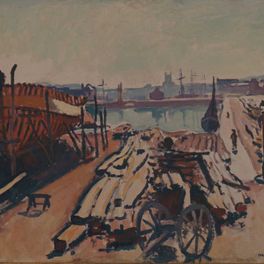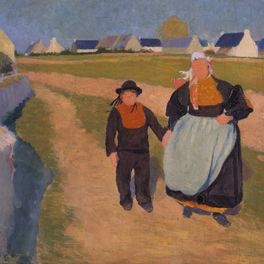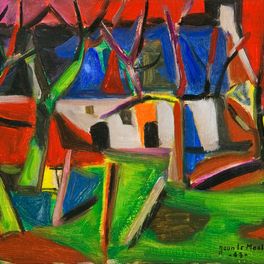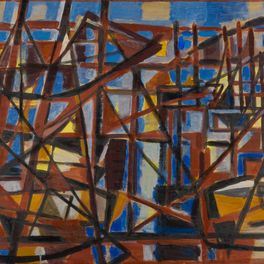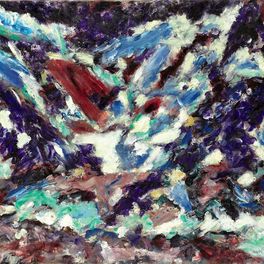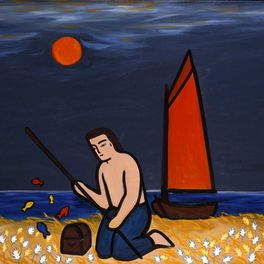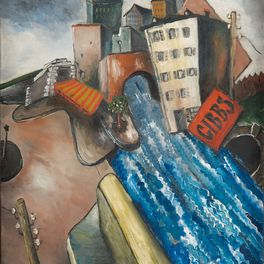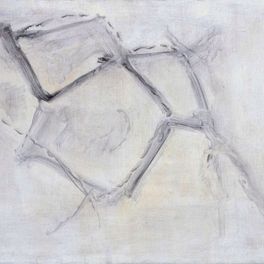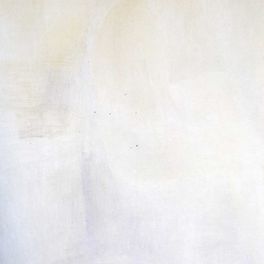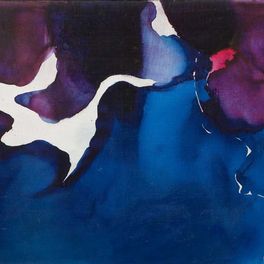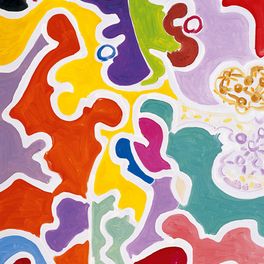The 20th century
In the early 20th century, museum officials switched their attention to the pictorial centre of Concarneau, where supporters of picturesque and academic painting were holding sway. They ignored the different movements from post-Impressionism to Abstraction, through Fauvism and Cubism. Fortunately, there were several exceptions in the collection, such as a Marquet fauve of major importance and a Camoin.
The years between the two wars proved difficult for the museum, as it did for the majority of provincial museums, with no professional staff and insufficient funds, and it was impossible to develop the collection.
From the 1970s onwards, the museum gradually built up its collection, and several works were purchased in the following years (Delaunay, Gromaire, Asse and Blanchard). Others were allocated by the Fonds National d’Art Contemporain and the Musée National d’Art Moderne (Asse, Bazaine, Le Moal, Tal Coat, and Fougeron).
At the same time, the museum moved towards 20th century works and contemporary trends, with temporary exhibitions, particularly since the first renovation work was carried out in 1976. Monographic exhibitions were dedicated to Jean Bazaine, Geneviève Asse, Rémi Blanchard, Norbert Nüssle, François Dilasser, Jean Degottex, Yves Elléouët, Yves Tanguy, Pierre Tal Coat, Jacques Doucet, François Béalu, Yves Doaré, Jean Lasne, Robert Humblot, Georges Rohner, Pablo Picasso, Christopher Wood, Roger Toulouse and Henri Matisse. Some of these exhibitions made it possible to enhance the museum’s collections.
Most of the improvements and exhibitions that have taken place are connected in some way to Brittany, either directly or indirectly. The museum wishes to show, without falling into the « biniouserie » or regionalism trap, that since the Romantic era, there has always been a special relationship between Brittany and painting. Many artists settled in Brittany and others stayed for several weeks a year. Like their predecessors, they were seduced by the scenery and the wonderful light. The museum sees itself as witness to these significant links between an art and a region.

